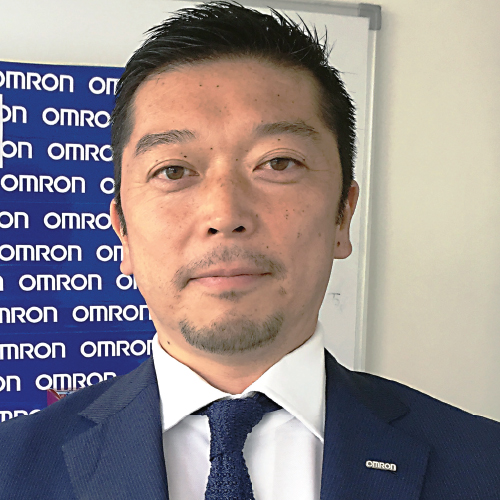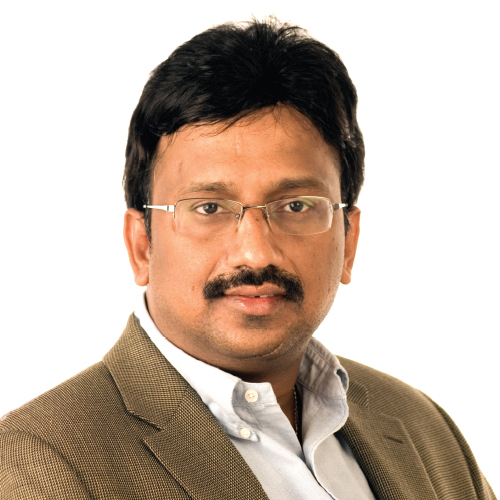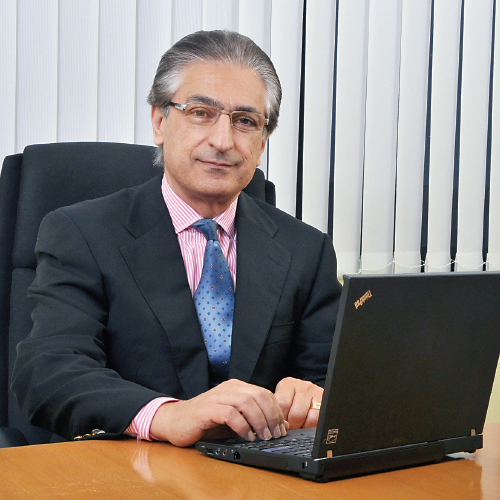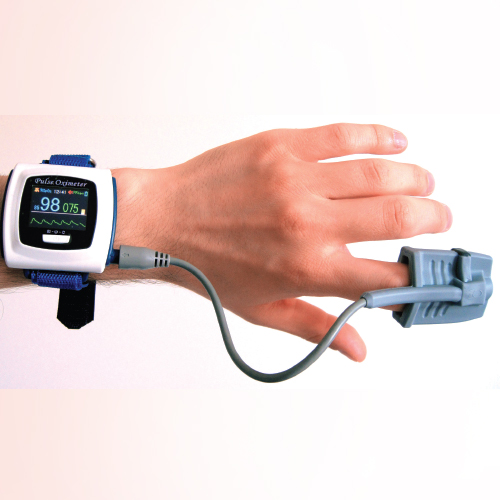

Niranjan Kumar
CIO, Sir Ganga Ram Hospital
Virtual solution is not really solving the healthcare needs as it is not a comprehensive solution and is only targeting one or the other diseases, shares Niranjan Kumar, CIO, Sir Ganga Ram Hospital exclusively with Kusum Kumari of Elets News Network (ENN)
Despite being a charitable organisation, Sir Ganga Ram Hospital has stood test of the time because of goodwill. What are your expansion plans?

We do have expansion plans. In fact, the construction of the new building has already started. Another 200 beds will be added to our current capacity. A multi-storey car parking facility is also coming up. With these developments we would be able to extend our service to more needy patients. Our hospital has always been blessed to have visionaries driving the organisation with a futuristic approach. Our leaders Shri Ashok Chandra Ji, Chairman, Sir Ganga Ram Trust Society and Dr DS Rana, Chairman, Board of Management have been continuously guiding the institution with the greatest noble aim to grow the abundant goodwill that we have earned.
With such a huge inpatient facility, more than 600 beds, what measures are undertaken by Sir Ganga Ram Hospital to ensure correct patient monitoring in both critical and non-critical areas?
Overall, Sir Ganga Ram Hospital has definitely been one of the pioneer hospitals in adopting IT. Somewhere in 2002, we started a lot of IT implementations. In 2005-2007, we emerged as one of the Indias leading health technology interface systems. The adoption of technology has been so far really good. All patient-related areasare most of the time automated, whether it is capturing of the information, equipment interfacing, presenting order in my dashboard for the right care, etc. Currently, each and every critical patient bedside monitor is connected to a system and data is captured. Its available for the emergency doctors, consultants and nurses taking care of the patients to get information at fingertips.

One more initiative that we are actually trying to achieve is to get all the information available outside the facility to ensure access to such information to the consultant or surgeon treating the patient. In order to achieve this, we even shortlisted a few products for our pilot project. However, the challenges we are actually facing in adopting such technology is the way they are interpreted by equipment vendors, hospital information system (HIS) and different stakeholders. A lot of time is wasted in interfacing and other issues. Though service providers often promise of offering a complete solution, they come up with limitations once talks start.
|
Patient Monitoring – Key Challenges
|
We have already started a very innovative and state-of-the-art smart OPD. When we go live, maybe in a years time, I can challenge that we will be one of the very few hospitals in India that will be capturing each and every bit of patient information in a structured format, which will be available to patients, hospitals (not only Sir Ganga Ram Hospital), and doctors on mobile and cloud. We have already finished the pilot project and its now up and running. All we are going to do is extending bedside monitoring information into the patients and doctors mobile. However, the level and intensity of the patientdata transferred need to be determined as too much of data becomes overload to the consultant. Only when there is a problem, information will be escalated in a hierarchical manner. If all goes well, in next 2 to 3 months we should be able to integrate the bedside monitoring into this platform.
The technology innovation project like smart OPD, which is being driven by the clear understanding and directions of Dr DS Rana and Dr Ajay Swaroop, is something from which other hospitals will learn.
|
Smart OPD Key Takeaways
|
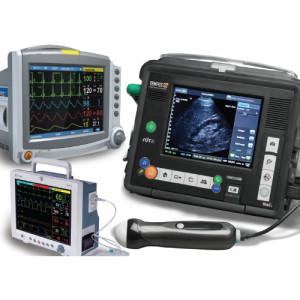
Home-based monitoring device will reduce hospital stay, but cannot replace hospitals
The second challenge is the volume of patients, which is a challenge for both nurses and doctors. In developed countries, there are predefinedslots during which the doctors need to communicate with the patients. However, the Indian scenario is totally different due to lack of training and increased number of patients. In India, we need a system to save quality time to spend more time on patients. As such, most of the parameters can be captured automatically. There are small tools or monitors ready to put on patients that will capture 14 parameters. The centralised monitoring system alerts only when there is a problem. As statistics suggest, in one in seven cases previous readings were copied. This is one problem we often face. The monitoring system will also control medical negligence or medical errors witnessed due to wrong reading due to excess workload. As the pilot project will be started in August, we are planning to start this system in less- critical areas, not in critical care units (CCUs) and intensive care units (ICUs), as patients are already monitored there. Such a monitoring system willalso enable conversion of semi-critical areas into critical areas, which is one of the clinical advantages. Our motivated clinical administrators, such as Dr Ruby Sahney and her team, are working round the clock to ensure that the proposed technology is being put in place for the meaningful purposes.
Despite having portable and scalable patient monitoring devices in the healthcare sector, particularly in lifestyle disease section, we have not seen any decrease in the number of chronic disease cases. What is your overall opinion?

Sir Ganga Ram Hospitals state-of-the-art smart OPD will enable capturing of every bit of patient information in a structured format
The concept of virtual healthcare is really coming up as the next buzzword, which is different from telehealth. In telehealth, one stillkeeps the facility in the hospital and only extends communication through telecommunication technology to reach out to the patients. On the other hand, virtual healthcare aims to replace hospitals. Recently, I am aware of few innovative initiatives in places like Hyderabad, where they are coming up with a virtual hospital facility where all the services are offered through internet of things (IoT). If this kind of solution comes up, we can see decreasein patient flow.
Stand-alone telehealth equipment and solutions are not really solving the healthcare needs as they are not a comprehensive solution and is onlytargeting one or the other diseases. Unless a patient does not feel confident that he or she will be taken care of, such devices will not survive for long. Virtual solutions should follow holistic approach and thats the reason why home care is not really picking up as much it is supposed to be.
As a hospital often faces scarcity of beds, home care can reduce the hospital stay. Despite such obvious benefits, home care cannot replace hospital care, especially during emergencies. Many of the things are not discussed, structured and integrated. Therefore, we need a governing body to address these challenges. Tools are merely enablers and cannot be solution providers. The assurance that a patient gets in a hospital setting will not be provided in a home-based setting. It will takeanother 2 to 3 years, unless big virtual healthcare solution providers that are trying to invest go completely live. The companies, such as Call Health, are really coming up. If they succeed, virtual healthcare will emerge as a big segment.
How will your project Smart OPD redefine hospital approach? Please provide details.
If our Smart OPD project succeeds, the entire hospital approach towards the patient will go through a series of changes. As we already have an established connectivity with patients, they can share more information to allow continuum of care through ourmobile app. This will allow holistic and longitudinal view of the patients condition based on the inputs and entire information shared between the patient and doctor. Consultations can continue even after the patient has gone back home. We are bringing in clinical secretaries to allow doctors to continue their consultation approach (feel and touch approach) and capture information. In next 1 year, we will have at least 300,000 patients structured records in our system. This will enable real quality care and real satisfaction and avoid repeat prescriptions and repeat visits. The Smart OPD will also include additional patient information.
In the light of growing cyber threat in healthcare sector, particularly due to the availability of a large volume of data, what measures you think need to be undertaken?
Currently, the only tool we are giving access to patients or consultants or outside the hospital is the mobile app where the information is secured on the premium cloud platforms. As an organisation, we started focusing on cyber security quite early, as it is more than firewall. The realisation of importance of IT has really added up. We plan to introduce some kind of cyber locks to enable encryption of any data going outside the hospital and avoid intrusion of malware. My only worry is that cyber security should not become a hyped up threat to restrain sharing of information. Security solutions are already available; however, cost incurred due to adoption of such a technology and inconveniences to the end users continue to remain the key challenges. We need to decide how much we are ready to compromise and invest. Around 60 per cent problem is due to indiscipline amongst the users. Most of the time, we witness cyber security breach due to the users mistakes. Until and unless this area is not addressed, no amount of investment can address the immediate needs of the cyber security.
Be a part of Elets Collaborative Initiatives. Join Us for Upcoming Events and explore business opportunities. Like us on Facebook , connect with us on LinkedIn and follow us on Twitter , Instagram.



